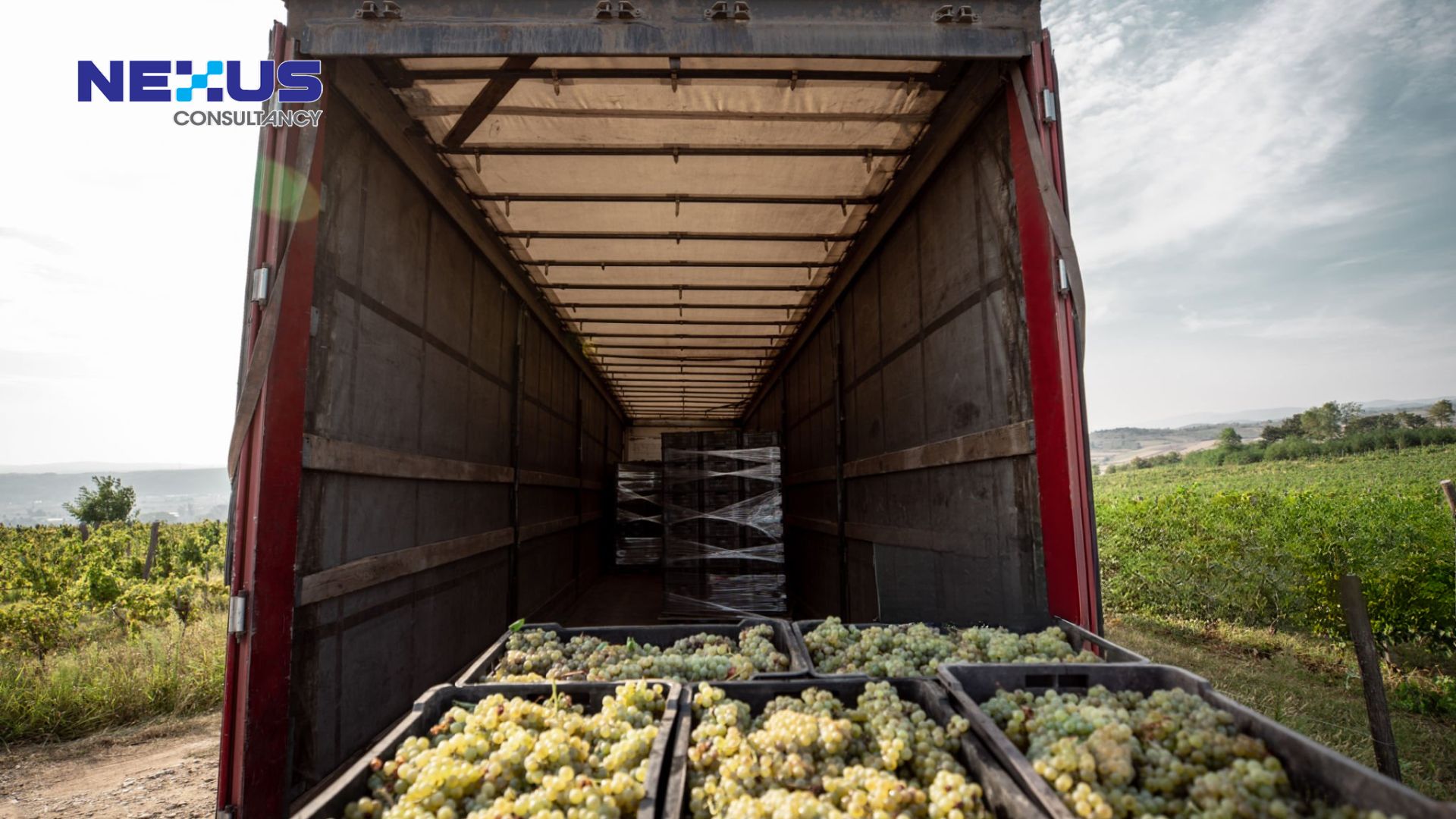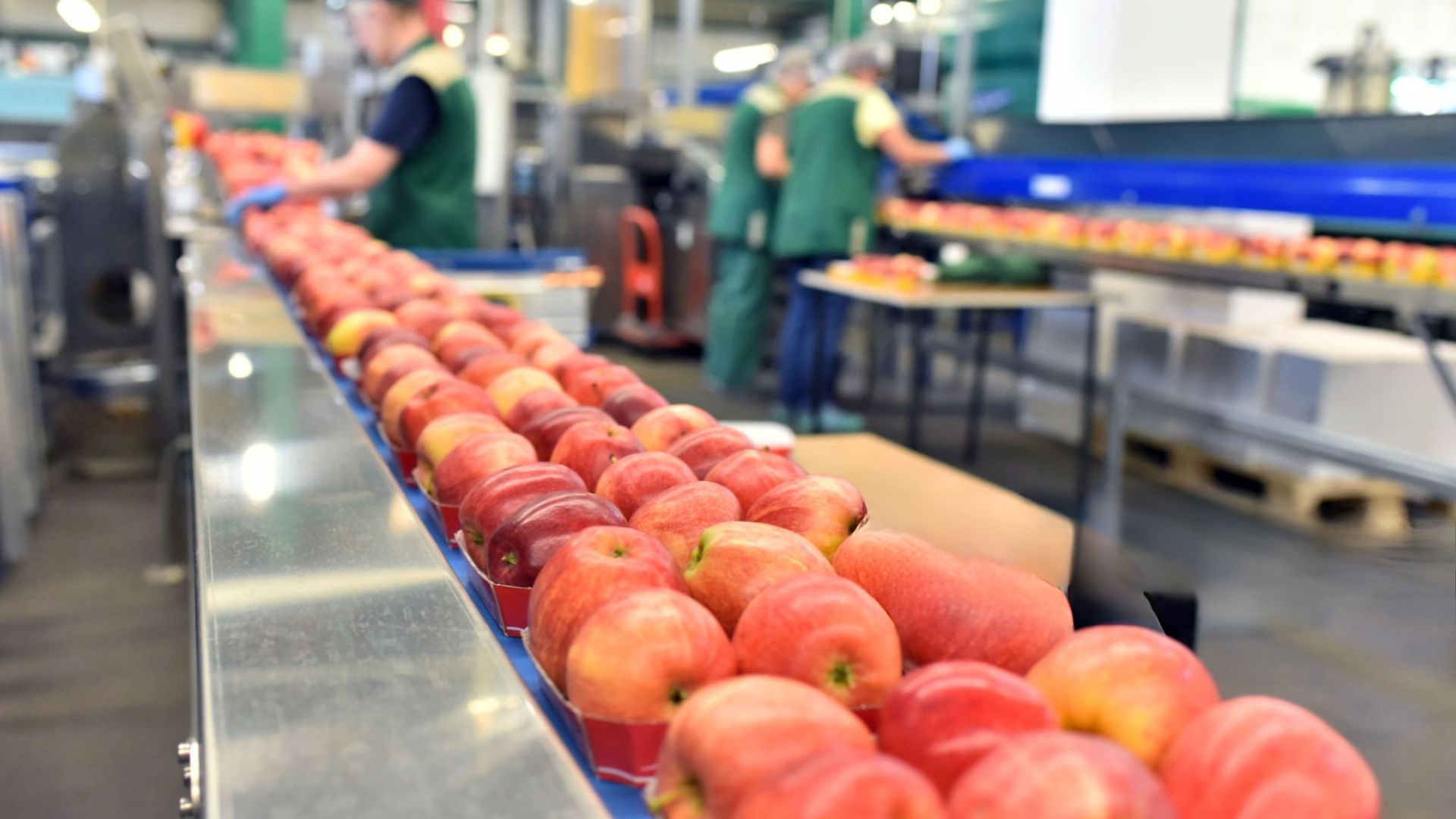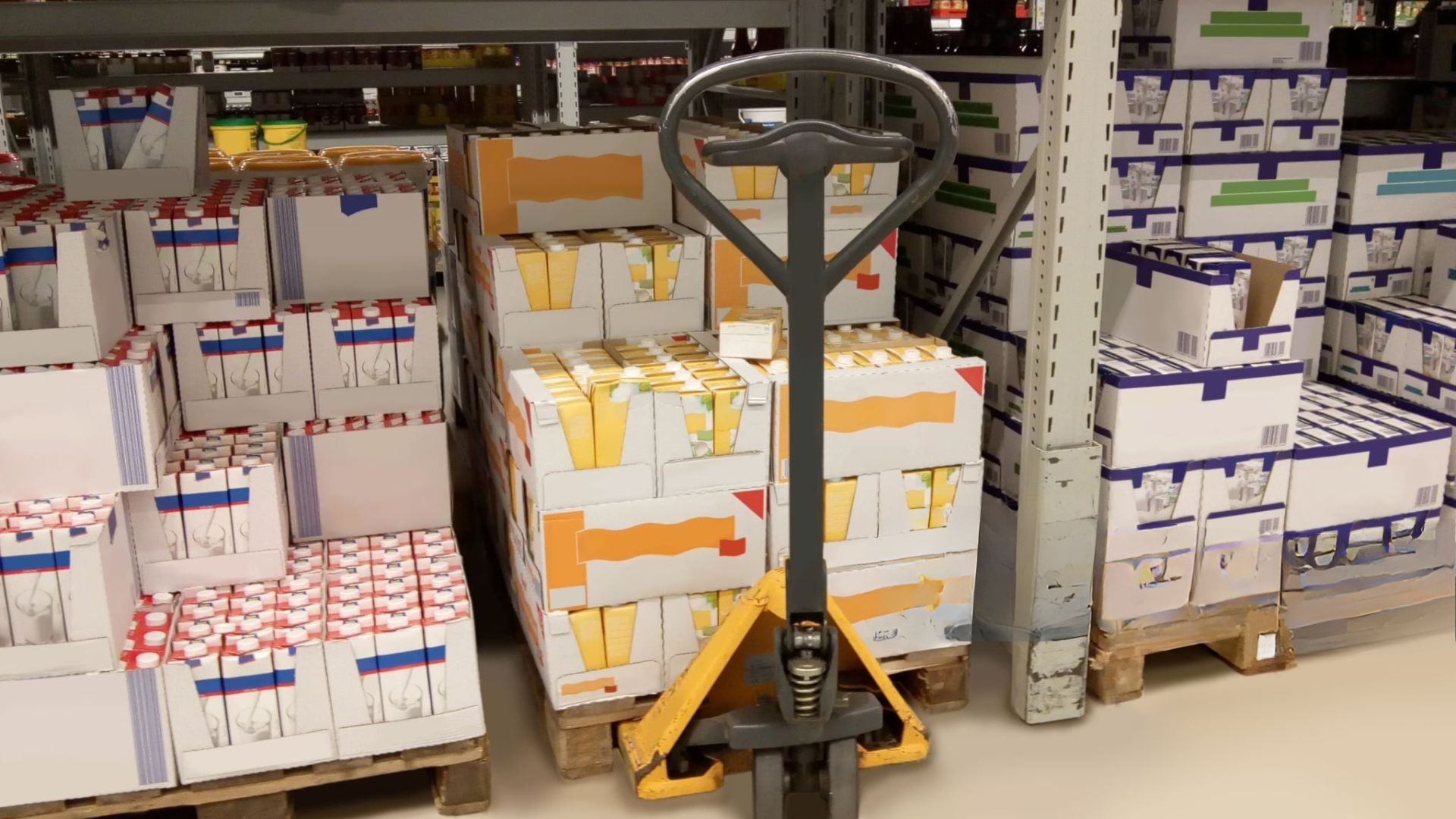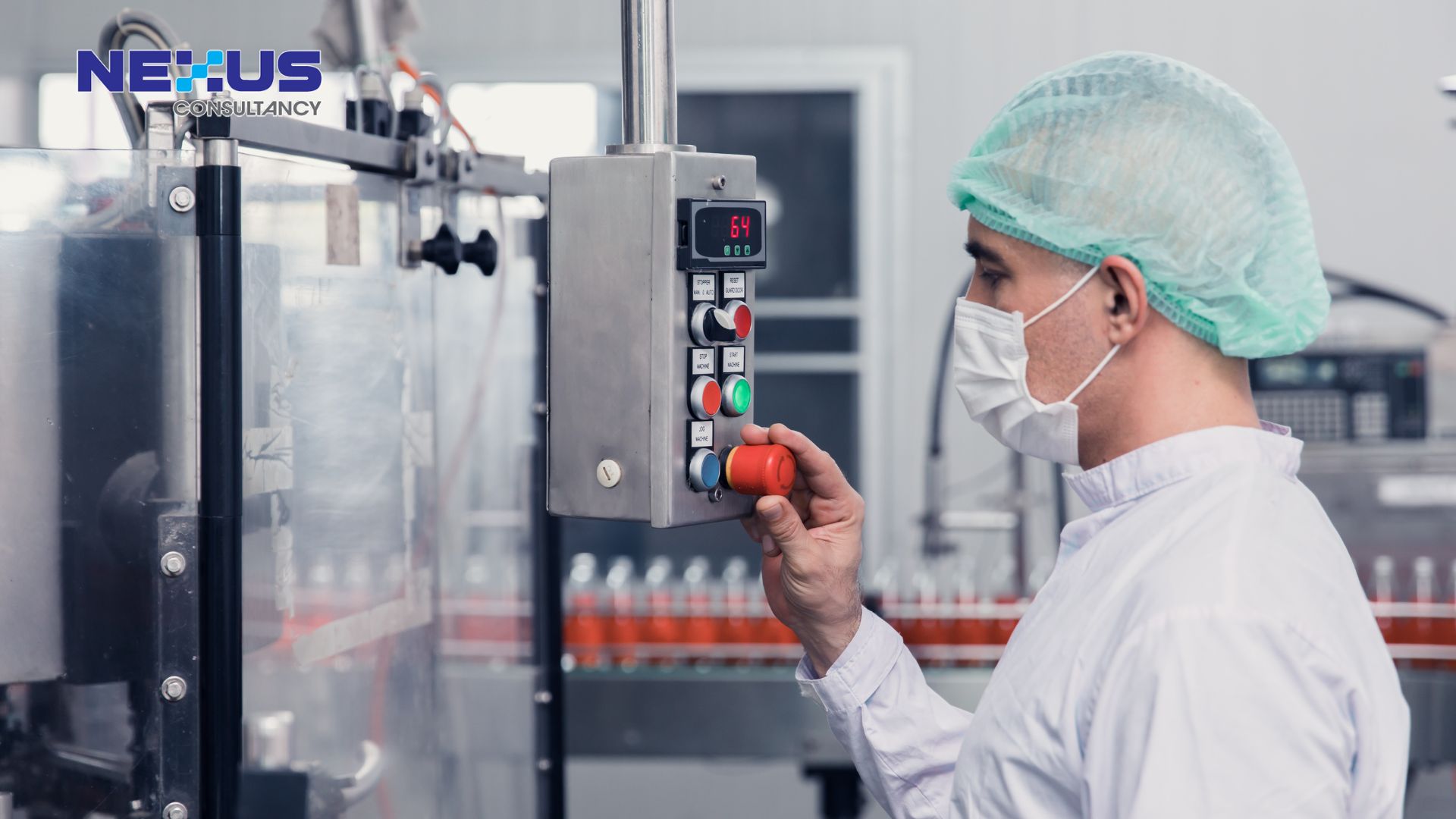
Danielle Tan
Chief Operating Officer
Discover essential strategies for implementing effective distribution controls in your Food Safety Management System. Ensure product safety, compliance, and quality from production to delivery

Effective distribution control is a critical component of any robust food safety management system. It ensures that food products are handled, transported, and delivered in a manner that preserves their quality, safety, and integrity from the point of production to the final consumer. In the complex food supply chain, where products often traverse long distances and multiple touchpoints, stringent distribution controls help mitigate risks such as contamination, spoilage, and damage. These controls are particularly vital for temperature-sensitive items, as even minor deviations from required conditions can compromise food safety. By implementing rigorous distribution controls, businesses not only comply with regulatory standards but also protect public health and maintain consumer trust.
Effective Procedures for Product Returns and Distribution Controls
Ensuring product integrity during returns and distribution processes is essential for maintaining quality and safety standards. The procedures outlined below detail how to manage product returns, cross-docking, and the responsibilities of drivers, along with the controls necessary when using carriers for distribution. Each step is critical for mitigating risks related to contamination, damage, and non-compliance.
Product Returns
A robust procedure for managing product returns is critical to ensure that returned materials are handled safely and effectively. The first step in this process is to conduct a comprehensive risk assessment. This assessment determines which materials can be returned and outlines the specific controls required to manage these materials upon their return.
- Risk Assessment and Material Control: The risk assessment must evaluate factors such as the potential for contamination and the stability of the material during its initial distribution. Based on this assessment, controls should be established to ensure that the returned materials are appropriately managed. For instance, temperature-sensitive materials may require temperature checks or other testing methods to confirm that they remain within safe and acceptable limits.
- Quarantine and Evaluation: When returned materials arrive at the site, they must be immediately placed on hold. This quarantine ensures that no potentially compromised materials enter the supply chain before a thorough assessment is completed. The procedure should specify the criteria for evaluation, such as conducting temperature checks, visual inspections, or laboratory tests.
- Authorization and Handling of Non-Conforming Materials: Clear guidelines must be in place to identify who is authorized to accept returned materials. These guidelines should also include instructions for dealing with non-conforming or rejected materials, ensuring that they do not compromise the quality and safety of the rest of the inventory. This might involve safe disposal, return to the supplier, or other corrective actions.

Distribution Controls During Inter-Facility Transfer
Inter-facility transfer is a logistics practice where goods are transferred from one vehicle to another at a hub or terminal, often without being stored for extended periods. This process requires specific controls to prevent damage or contamination.
- Understanding Inter-Facility Transfer: In inter-facility transfer, materials are often unloaded from one vehicle, processed, and then loaded onto another vehicle for further transportation. This process is common in supply chains involving perishable goods or materials requiring strict environmental controls, such as temperature regulation. For example, fresh produce from several local farms might be delivered to a central facility, where it is quickly sorted and then loaded onto trucks to be sent directly to grocery stores. This swift transfer process is a typical cross-docking scenario.
- Controls and Validation for Inter-Facility Transfer: To ensure the safety and integrity of materials during inter-facility transfer, procedures must include controls that are specific to the risks associated with this process. These controls should include measures to prevent contamination, damage, and spoilage. For temperature-sensitive goods, it is crucial to validate the controls to ensure that the temperature remains within acceptable limits throughout the process. Additionally, segregation controls might be necessary to avoid cross-contamination, especially when handling different types of materials.
- Roles and Responsibilities: Clear roles and responsibilities must be defined for all personnel involved in inter-facility transfer operations. These roles should be integrated into the broader organizational structure, ensuring accountability and adherence to procedures. This clarity helps in the effective execution of cross-docking operations, reducing the risk of errors and ensuring compliance with safety standards.
Driver Procedures
Drivers play a crucial role in maintaining the integrity of products during transportation. They must be adequately trained to handle various aspects of the delivery process, from loading to final delivery.
- Training for Load Handling: Drivers must understand how to handle loads during transit to prevent damage and contamination. This includes knowledge of securing loads, recognizing risks associated with load movement, and taking preventive measures.
- Ensuring Product Security: Drivers should be trained in securing the load during transit, particularly when vehicles are parked and unattended. This training helps protect the products from theft, tampering, and other security risks.
- Managing Temperature-Controlled Shipments: For temperature-sensitive materials, drivers must be provided with systems that alert them when the temperature in the holding area deviates from acceptable limits. They should also be trained on the procedures to follow in case of equipment failure. When dealing with multi-drop deliveries, drivers must ensure that the temperature is maintained at each drop-off point to prevent spoilage.
- Return Controls for Drivers: Drivers need to be aware of which materials can be returned and the specific procedures for handling waste returns. They should also understand any segregation controls required for different types of materials.
Distribution Controls When Using a Carrier
When materials are distributed via a carrier, such as a courier or postal service, additional risks must be managed due to the reduced control over the delivery process.
- Risk Assessment for Carrier-Based Distribution: A thorough risk assessment is necessary to identify potential risks associated with using carriers, such as the risk of damage, contamination, or malicious tampering. Packaging controls should be implemented to mitigate these risks.
- Packaging Specifications for Food Products: When sending food products through a carrier, it is essential to follow a packing specification that ensures the products remain within safe temperature ranges. Consumer labeling must be compliant with regulations, and instructions for storage and preparation should be included. Additionally, procedures should be in place to handle delays in dispatch, inspect for damages, and establish rejection criteria.
- Packaging Reuse Controls: If packaging is to be reused, particularly in e-commerce, a risk assessment must be conducted to address any potential risks associated with this practice.

Conclusion
In summary, effective procedures for product returns, distribution controls, driver training, and carrier management are essential for maintaining the quality and safety of products throughout the supply chain. Each aspect must be carefully managed and continuously reviewed to adapt to changing risks and operational challenges.
Curious to learn how to learn more about effective distribution controls in food safety management system? Get in touch with us now for more information.






